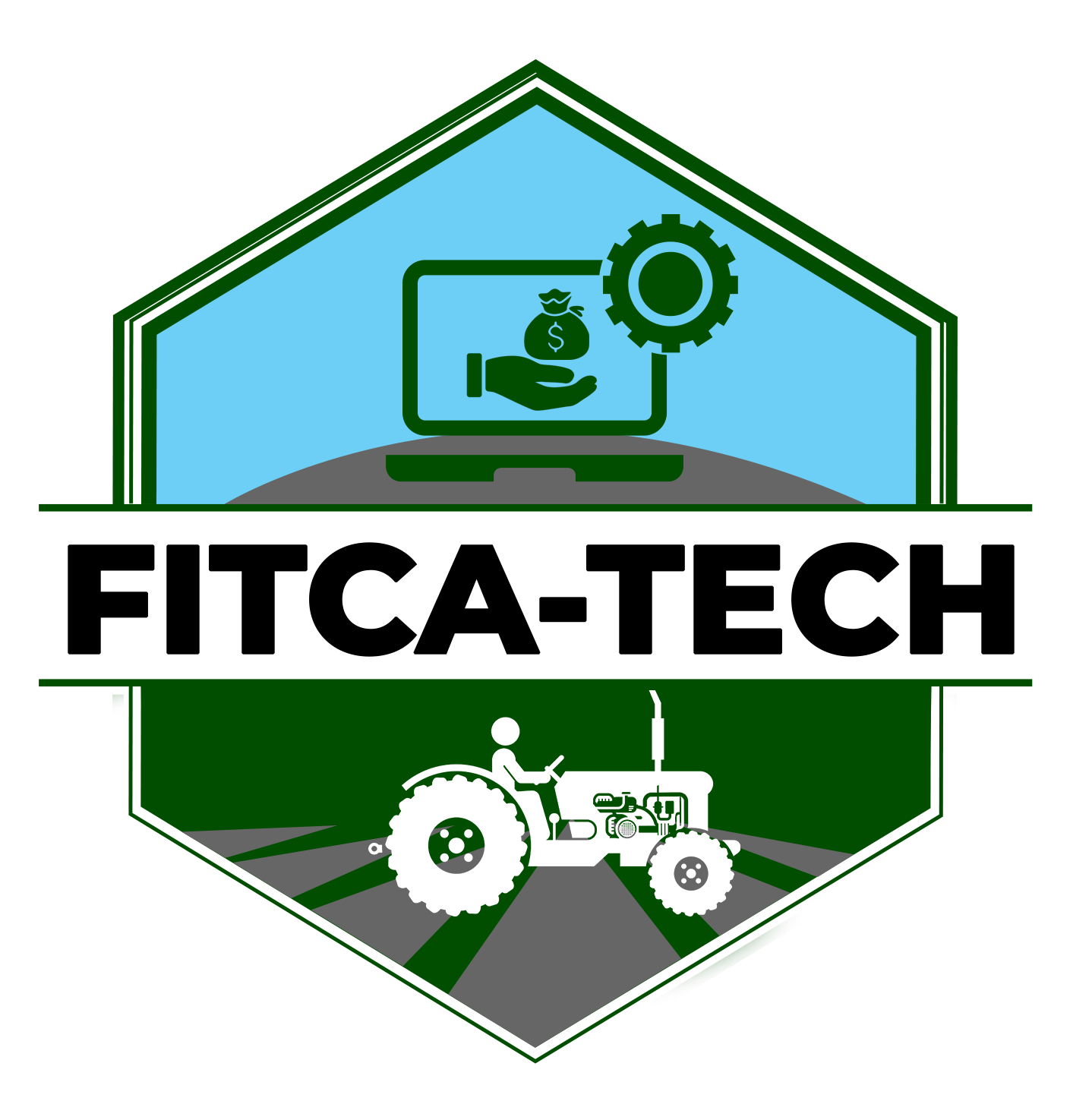Most teens with substance use disorder still have it as adults, study finds
The majority of the 273,000 preventable fatalities linked to alcohol consumption are in India [12], which is the leading contributor. According to prevalence studies, 13.1% of drug users in India are under the age of 20 [14]. Adolescent use of illicit substances imposes an enormous burden on individuals, families, and communities.
What are the risk factors for teen drug abuse?
- Teenage drug usage has a significant negative impact on users, families, and society as a whole.
- While some areas of maltreatment are trending down, figures from the landmark Australian child maltreatment study last year show rising rates of sexual abuse by adolescents and emotional abuse.
- Table 1 provides a summary of the current treatment recommendations and options for adolescent substance use disorders.
- If young people spend time with other teens who are engaged in risky, unhealthy behaviors, they are more likely to engage in those behaviors themselves.
Validated screening tools that may be used in primary care include the CRAFFT, POSIT, AUDIT, and NIAAA Screening Guide. During the clinical visit, a split-visit model encourages parents to participate in the visit for a limited time but also allows adolescents to have confidential conversations with physicians. Evidence-based treatment modalities range from school- and parent-based interventions to medication-assisted treatment. Brief interventions using components of motivational interviewing may be suitable for addressing substance use, even among adolescents not seeking treatment. Prevention efforts can supplement cessation programs to maximize program effectiveness.
Other changes in behaviors

These factors and others led to the rapid decline in teen mental health, leading many to seek the escape of drugs or alcohol during times of isolation. Studies have long shown that early substance abuse can lead to long-term addiction, difficulties with mental health, physical health conditions, and much more. For this age group, substance abuse begins at a very young age, an age in which their brains are vulnerable to the chemical impact of substances such as drugs or alcohol. Teen substance abuse may be affected by social, mental, and familial factors, potentially continuing into adulthood. Early intervention and treatment can be important in preventing substance use disorders in teens. Most experts agree that it’s never too early to start talking to kids about substance use.
Treatment for substance use disorder
- This website provides youth-focused resources and opportunities that inspire and empower young people to make a difference in their lives and in the world around them by improving their knowledge and leadership skills.
- Cannabis has been shown to alleviate stress in small doses, but more significant amounts can cause anxiety, emotional symptoms, and dependence [28].
- We can lessen young people’s perceptions of the social acceptability of drug use by educating them that actual rates of drug usage are almost always lower than perceived rates of use.
- Within the culture and environment domain, a history of detention or suspension was a top predictor of substance use initiation (coefficient, 0.20).
- According to prevalence studies, 13.1% of drug users in India are under the age of 20 [14].
- SAMHSA offers free, downloadable publications and tip sheets, as well as mobile apps for youth, teens, and young adults on topics such as substance misuse, common mental health conditions, and coping with disasters and other traumatic events.
These teens were more than 50% more likely to misuse prescription drugs as adults, with more than half abusing prescription opioid pain medications, according to the researchers. More than 60% of teens in the study with severe substance use disorder had at least two symptoms of it as adults, the researchers. The symptoms of substance abuse may resemble other medical problems or psychiatric conditions. Substance-related substance abuse in older adults disorders in adolescence are caused by multiple factors including genetic vulnerability, environmental stressors, social pressures, individual personality characteristics, and psychiatric problems. However, determining which of these factors are most to blame in adolescent populations has not been determined. One of the most challenging aspects of addiction is that it is a progressive disease.

Tips for parents
Research on psychological risk factors for teenage substance abuse is vast, wherein conduct disorders, including aggression, impulsivity, and attention deficit hyperactivity disorder, have been mentioned as risk factors for substance use. Parents’ attitudes toward drugs, alcohol, academic and peer pressure, stress, and physical outlook are key determinants. Teenage drug usage has a significant negative impact on users, families, and society as a whole. It was found that a lot has been done to provide correct intervention to those in need with the constant development of programs and rehabilitative centers to safeguard the delicate minds of youths and prevent them from using intoxicants.
- Several factors can contribute to emotional and psychosocial stress, compelling one to practice drug abuse.
- « It shows just how many people in Australia are suffering from mental health conditions that are potentially preventable, » she said.
- In one pilot study, 94% of students said a “Just Say Know” program provided helpful information and 92% said it might influence their approach to substance use (Meredith, L. R., et al., The American Journal of Drug and Alcohol Abuse, Vol. 47, No. 1, 2021).
By the time she disclosed her abuse, she was self-harming and at one point tried to take her own life. For Ange, the trauma of her early years first showed itself in adolescence when she started acting out — she remembers punching walls and cars, binge drinking and using drugs. Parents should regularly talk with their children about social media, so kids will feel comfortable telling them about what they encounter. Mental health conditions are currently the leading cause of disease burden globally and affect 13 percent of the global population. If you or someone you love has been living with substance misuse or addiction, consider reaching out to a doctor or therapist with your concerns.
The types of illicit substances adolescents are using have changed drastically over the past decade with decreases in alcohol use (including binge alcohol use) offset by increases in electronic cigarette, marijuana, and opioid use. Primary care physicians have the opportunity to identify adolescents who use illicit substances. The American Academy of Pediatrics recommends that clinicians become familiar with Screening, Brief Intervention, and Referral to Treatment initiatives.

Substance Use Prevention Resources for Youth and College Students
They provide cost-effective and dedicated therapy programs for all parts of society. Despite having appropriate programs and therapies that can effectively treat the disorder, they do not employ medication to treat addiction. Teenagers typically exaggerate how common it is to smoke, drink, and use particular substances, which could give off the impression that substance usage is acceptable. https://ecosoberhouse.com/ We can lessen young people’s perceptions of the social acceptability of drug use by educating them that actual rates of drug usage are almost always lower than perceived rates of use. Data from surveys that were conducted in the classroom, school, or local community that demonstrate the prevalence of substance use in the immediate social setting may be used to support this information.
Risk Factors and Prevention Activities
- Here are some of the key statistics from the Monitoring the Future survey, which has been tracking youth substance use in the United States for over 40 years.
- By comparison, roughly 54% of teens reporting two to three symptoms – indicative of “mild” substance use disorder – had two or more substance use disorder symptoms in adulthood.
- Future research is warranted for exploring pharmacotherapy options for adolescent SUDs, specifically as augmentative agents among those engaged in psychosocial treatments.
- Standard instructional methods include lessons and exercises to dispel misconceptions regarding drug usage’s widespread use.
- But the prevalence increases from eighth to 12th grade, with a little less than half of high school seniors reporting alcohol use and one in three reporting having used marijuana in their lifetime.
- In 2023, just 15 percent of seniors said that they had smoked a cigarette in their life, down from a peak of 76 percent in 1977.
